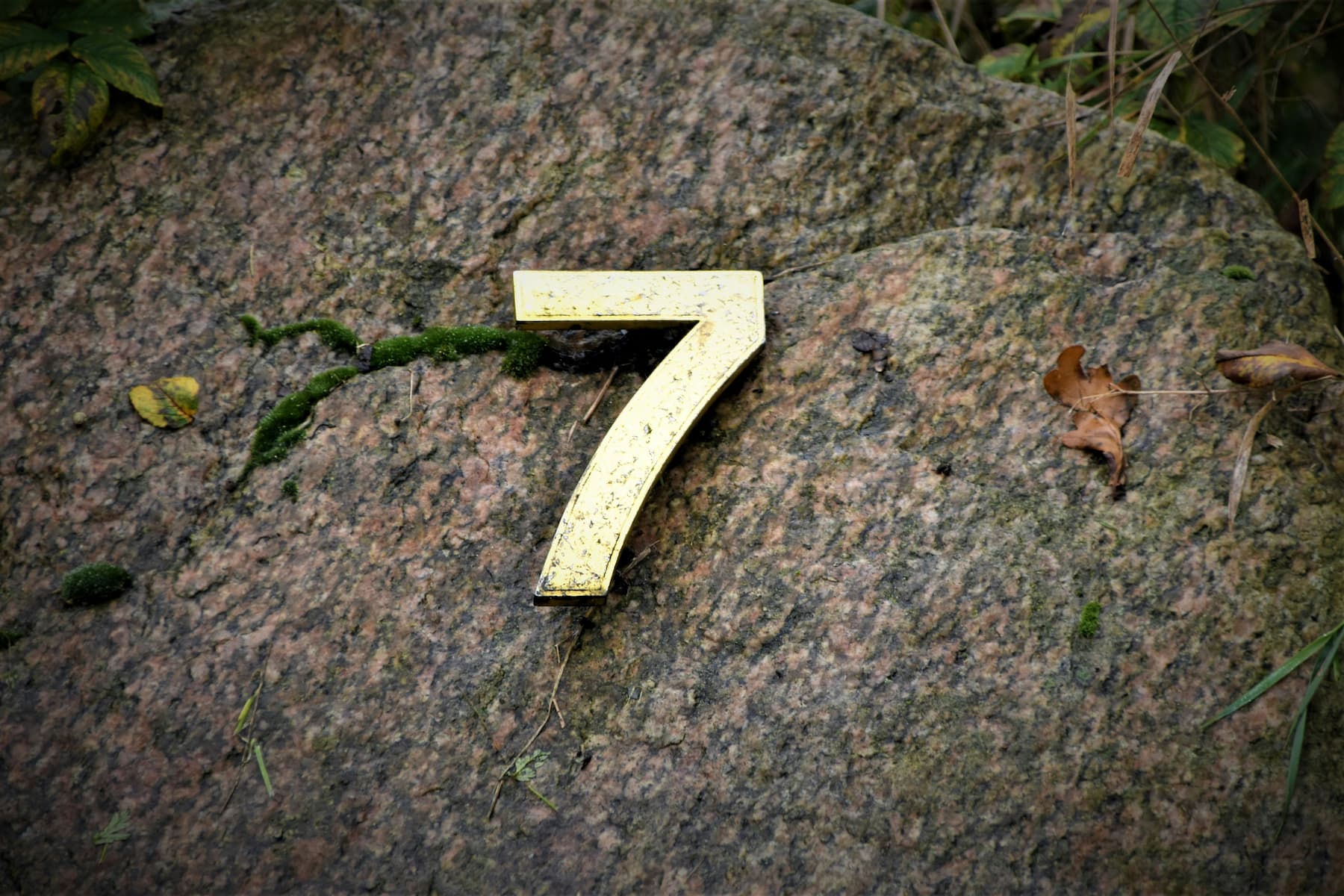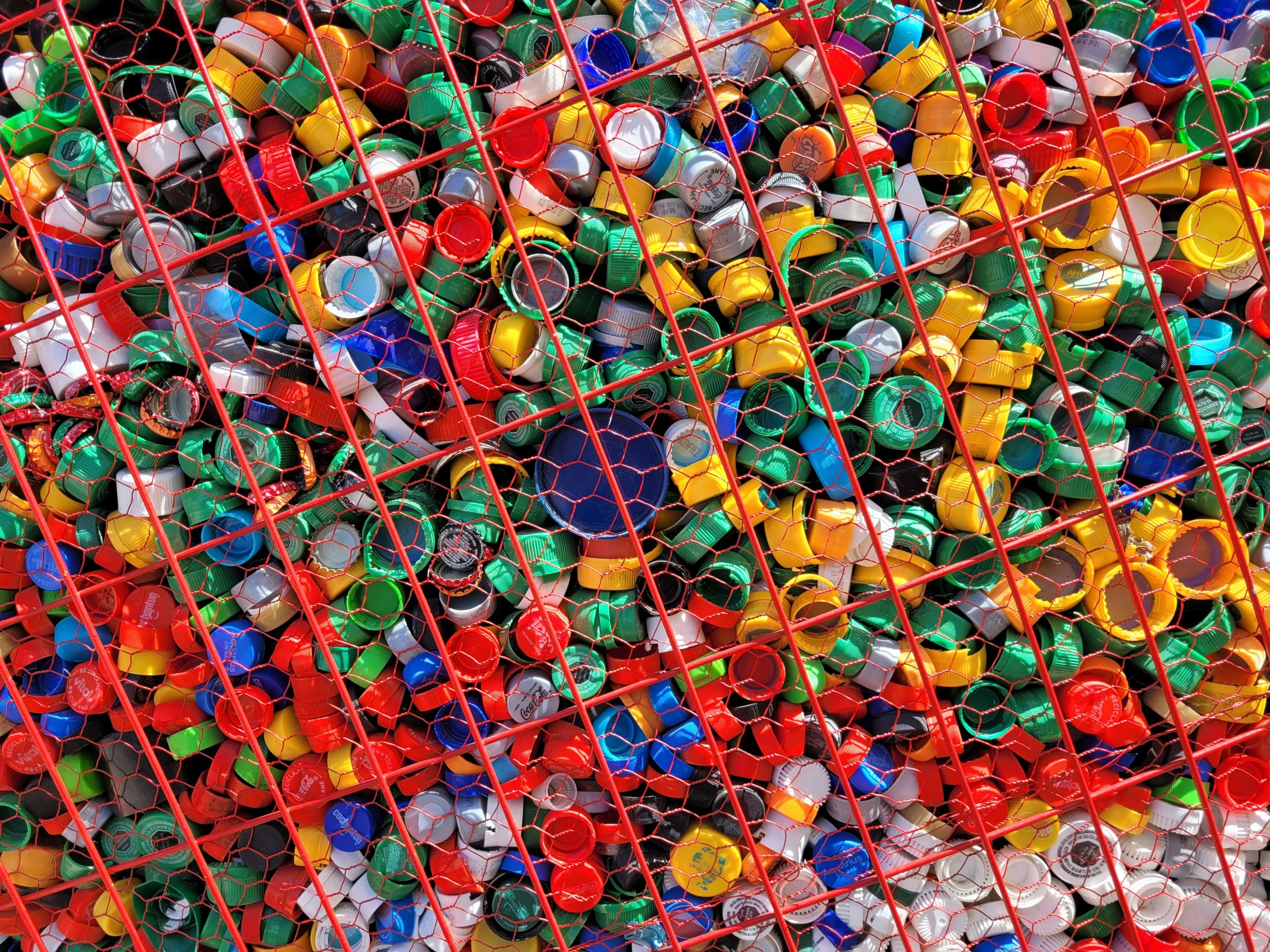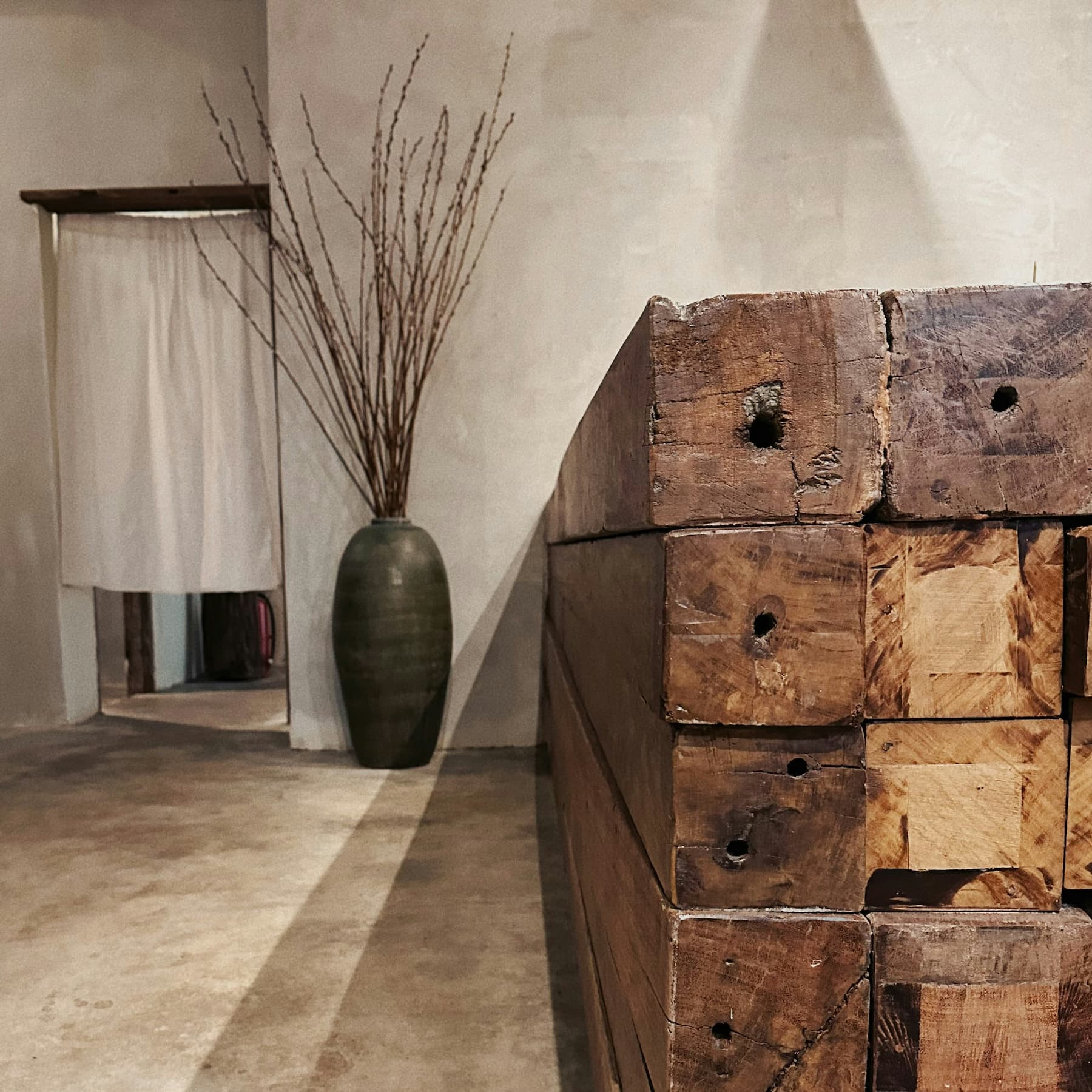-
The Overlooked Statement Piece: How House Numbers Are Transforming Home Exteriors

In the world of home design, we often focus on the grand and obvious—front doors, landscaping, exterior paint colors. But sometimes, it’s the smallest details that make the most powerful statement. House numbers, those essential identifiers that guide visitors and delivery drivers to your doorstep, have quietly evolved from purely functional fixtures to design elements…
-
Bespoke Basics: The Rise of Customizable Everyday Objects

I remember the moment I realized something had fundamentally shifted in our relationship with the objects in our homes. I was at my friend Sarah’s place for dinner, and she brought out these gorgeous ceramic plates—each one slightly different from the next, yet clearly part of a cohesive set. When I complimented them, her face…
-
Material Innovation: How Recycled Ocean Plastic Is Becoming Luxury Homewares

The first time I held a bowl made from recycled ocean plastic, I was honestly shocked. I was expecting something that screamed “eco-friendly” in that slightly compromised way many sustainable products do – you know, where you can practically hear them saying, “I’m not quite as nice as the regular version, but hey, I’m saving…
-
Beyond the Mason Jar: Innovative Food Storage Solutions Transforming Pantries

The humble mason jar has long reigned supreme in the world of pantry organization. Its classic silhouette has graced countless kitchen shelves, Pinterest boards, and Instagram posts. But while we’ll always appreciate this time-tested storage solution, today’s innovative designers are pushing the boundaries of food storage into exciting new territory – creating options that are…
-
The Art of the Shelfie: Styling Your Homewares for Both Function and Display

Let’s be honest – open shelving is having a serious moment right now, and it’s not hard to see why. Unlike closed cabinetry that hides everything away, open shelves invite you to turn everyday objects into part of your home’s visual story. But here’s the challenge we all face: how do you create something that…
-
Wabi-Sabi: Embracing Imperfection in Modern Homewares

In a world obsessed with glossy perfection and machine-made precision, there’s a quiet revolution happening in homewares design. More designers and homeowners are turning to wabi-sabi—the Japanese philosophy that finds beauty in imperfection and impermanence. This centuries-old aesthetic approach isn’t just influencing contemporary design; it’s offering a refreshing antidote to our culture of mass production…
